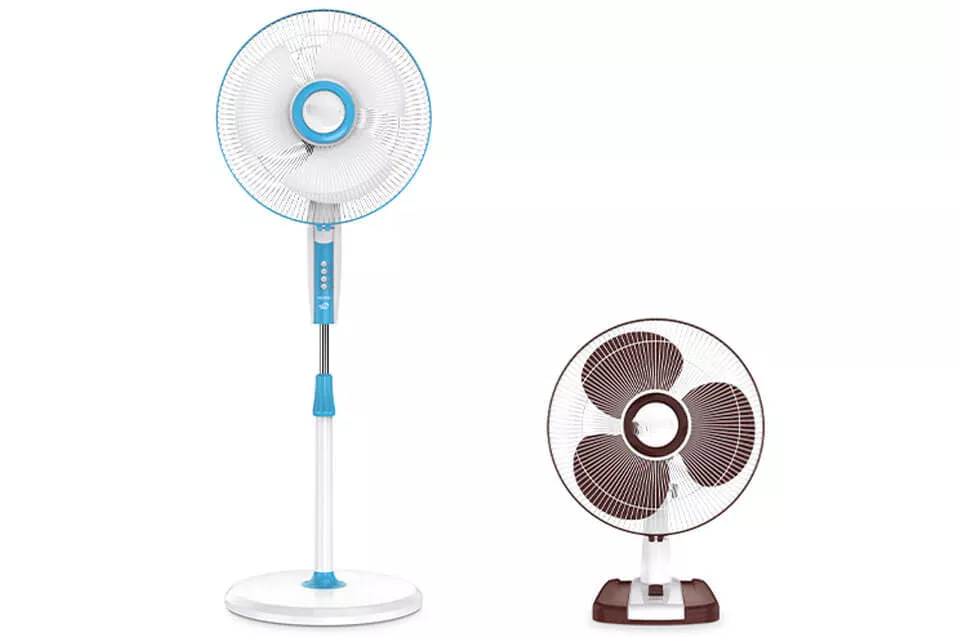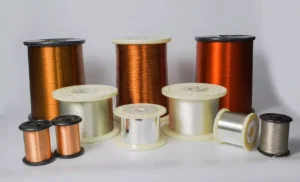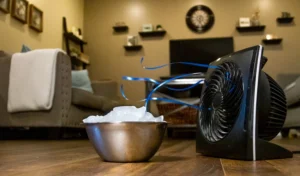1. Introduction
When the summer season arrives and temperatures start to climb, the need for an effective cooling solution becomes a top priority for most households.
Air conditioners, while efficient, can be a significant investment and often come with high running costs.
This is where fans, particularly table fans and pedestal fans, offer a cost-effective and versatile alternative.
These types of fans are not only budget-friendly but also offer a range of features that can be tailored to suit individual needs.
In this comprehensive guide, we will delve into the world of table fans and pedestal fans, exploring their features, benefits, and factors to consider when choosing the perfect fan for your home or office.
Whether you’re looking for a fan to cool a large room, a small office space, or anything in between, this guide will provide you with the necessary knowledge to make an informed decision.
2. Understanding the Types of Fans
Fans come in a variety of types and designs, each with its own set of features and benefits.
Among these, pedestal fans and table fans are two of the most popular choices for home and office use. Pedestal fans, as their name suggests, stand on a tall, detachable base.
They are larger in size and are ideal for cooling larger spaces.
Thanks to their lightweight frame, they can be used both indoors and outdoors, making them a versatile choice for a variety of settings.
On the other hand, table fans are compact and designed for smaller spaces.
They are perfect for use in office cubicles, small shops, or compact rooms.
Their small size allows them to be easily moved around, and they consume less electricity than larger fans, making them an energy-efficient choice.
Some models even come with energy-saving modes for added efficiency.
For those with limited floor space, wall-mounted fans offer a great alternative.
These fans can be mounted on the wall, freeing up floor space while still providing effective cooling.
3. Choosing the Right Size
When it comes to choosing a fan, size is a crucial factor to consider.
Fans come in various sizes, typically ranging from 400 mm to 600 mm.
The size of the fan you choose should be determined by the size of the space you want to cool.
Smaller fans, such as those measuring 400 mm or 450 mm, are suitable for compact rooms like kitchens, small bedrooms, or office cubicles.
These fans are designed to provide effective cooling in smaller spaces, ensuring that every corner of the room receives adequate airflow.
On the other hand, larger fans, such as those measuring 600 mm, are ideal for larger spaces like living rooms or dining areas.
These fans have a wider reach and can effectively circulate air in larger rooms, ensuring a comfortable temperature throughout.
In addition to traditional fans, there are also innovative blade-less fans available on the market.
These fans use a central drum to suck in and compress air, delivering a powerful airflow.
Despite their high performance, these fans operate quietly and consume less power than traditional fans. However, they are usually priced higher, making them a premium choice.
4. Importance of Fan Speed
Fan speed is another critical factor to consider when choosing a fan.
The speed of a fan is measured in RPM (rotations per minute), and it directly impacts the amount of airflow the fan can generate.
The faster the fan speed, the more airflow it can produce, resulting in more effective cooling.
Most affordable table and pedestal fans typically run at speeds between 800 to 1000 rpm.
These fans offer adequate cooling for most standard rooms and are a great choice for those on a budget.
However, if you’re looking for more powerful cooling, you might want to consider more expensive models.
These fans can reach speeds between 1300 to 2000 rpm, providing a significant increase in airflow and cooling power.
It’s important to note that while higher speed fans provide more cooling, they can also be noisier and consume more energy.
Therefore, it’s essential to balance your cooling needs with noise and energy considerations.
5. Material of the Fan Blades
The material of the fan blades is another important aspect to consider when choosing a fan.
Fan blades can be made from a variety of materials, including plastic, brass, and stainless steel. Each material has its own set of advantages and drawbacks.
Fans with plastic blades are generally more affordable and lighter, making them easy to move and handle.
However, they may require extra care and maintenance as they can be less durable in the long run.
On the other hand, fans with brass or stainless steel blades are more robust and durable.
They are capable of generating high airflow, making them ideal for larger spaces or areas that require more intensive cooling.
However, these fans can be noisier due to the heavier material, making them more suitable for open spaces or areas where noise is not a significant concern.
Some fans also offer noise-reduction features, providing powerful cooling with minimal noise.
6. Understanding the Motor Type
The motor is the heart of any fan, and understanding the type of motor used in a fan is crucial when making a purchase decision.
Most modern table and pedestal fans come equipped with copper-wound motors.
These motors are known for their durability and longevity, outlasting cheaper aluminium-wound motors.
Copper-wound motors also tend to be more efficient, providing better performance and cooling power.
Some fans also come equipped with features like Thermal Overload Protection.
This feature protects the fan from overheating and voltage fluctuations, extending the lifespan of the fan and ensuring safe operation.
7. Maintenance and Cleaning
Like any household appliance, fans require regular maintenance and cleaning to ensure they continue to operate at peak performance.
Over time, dust and dirt can accumulate on the fan blades and motor, reducing the fan’s efficiency and potentially leading to other issues.
Many modern fan models come with features that make cleaning and maintenance easier.
For example, some fans have removable grills that can be unscrewed and disassembled, allowing for thorough cleaning of the blades.
Some models also have detachable blades, which can be removed and cleaned separately.
Regular cleaning not only ensures your fan operates efficiently but also extends its lifespan, providing better value for your investment.
8. Oscillation and Airflow
Most table and pedestal fans come with an oscillation feature, which allows the fan to move side-to-side, distributing air more evenly throughout the room.
This feature is particularly useful in larger rooms or spaces with multiple people, as it ensures everyone gets the benefit of the cooling air.
Some fan models also offer a tilt function, allowing you to adjust the angle of the fan to direct the airflow where it’s needed most.
This feature can be particularly useful in situations where direct cooling is required, such as when working at a desk or sleeping.
9. Energy Efficiency
While fans are generally more energy-efficient than other cooling solutions like air conditioners, there can still be significant differences in energy consumption between different fan models.
When choosing a fan, it’s important to consider its energy efficiency, as this can have a significant impact on your electricity bills.
Look for fans with energy-saving modes or features, as these can help reduce energy consumption without compromising on cooling performance.
Remember, an energy-efficient fan not only saves you money but also contributes to environmental sustainability.
10. Conclusion
Choosing the right fan for your needs involves considering a variety of factors, including the type of fan, size, speed, blade material, motor type, maintenance requirements, oscillation features, and energy efficiency.
Whether you’re in the market for a table fan, a pedestal fan, or a wall-mounted fan, understanding these factors will help you make an informed decision that best suits your space, cooling needs, and budget.
Remember, the right fan can not only keep you cool and comfortable but also contribute to a more energy-efficient and sustainable lifestyle.
So, take the time to explore different models, compare their features and benefits, and choose wisely.







